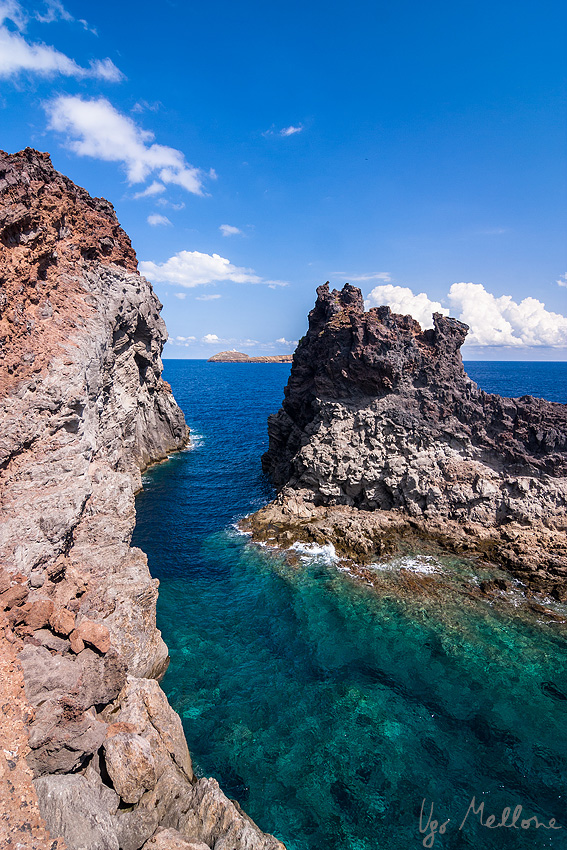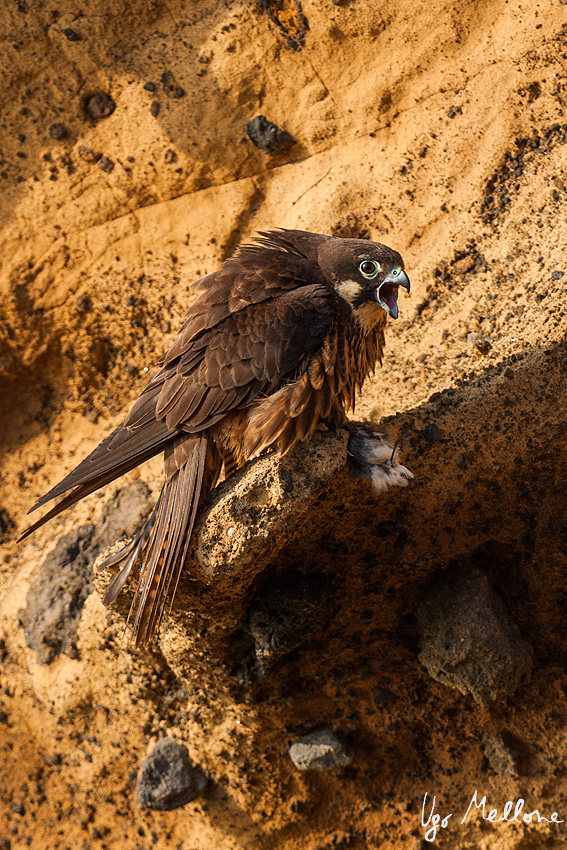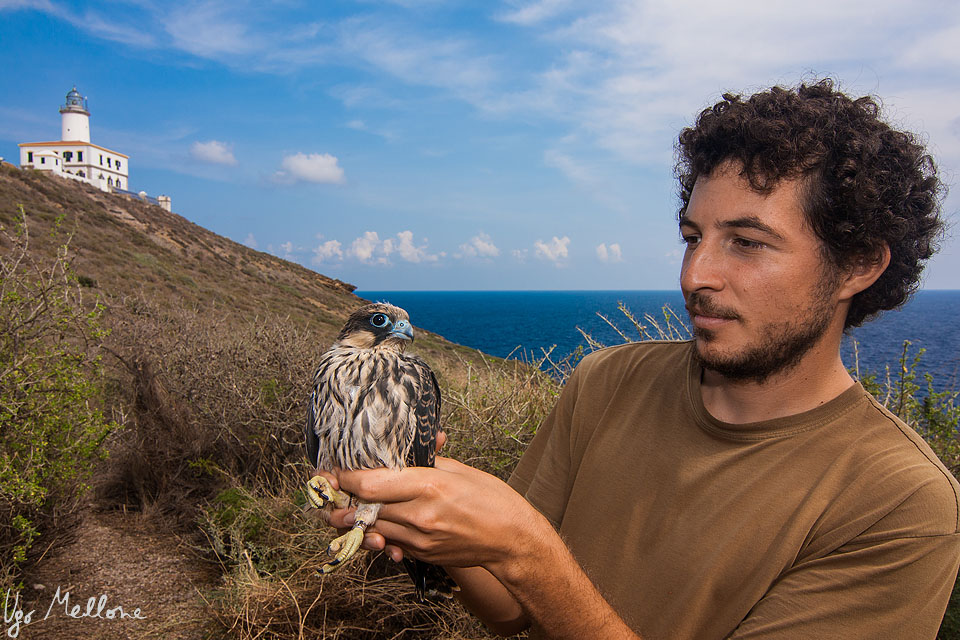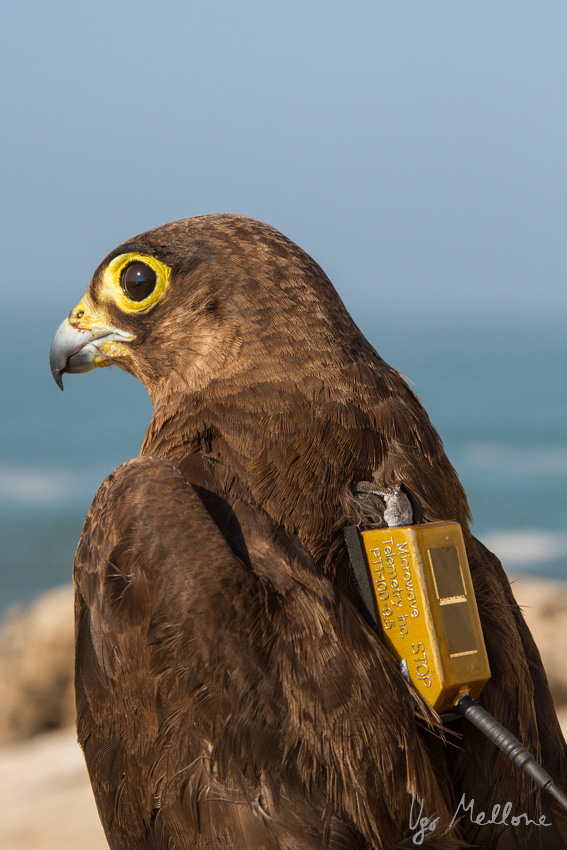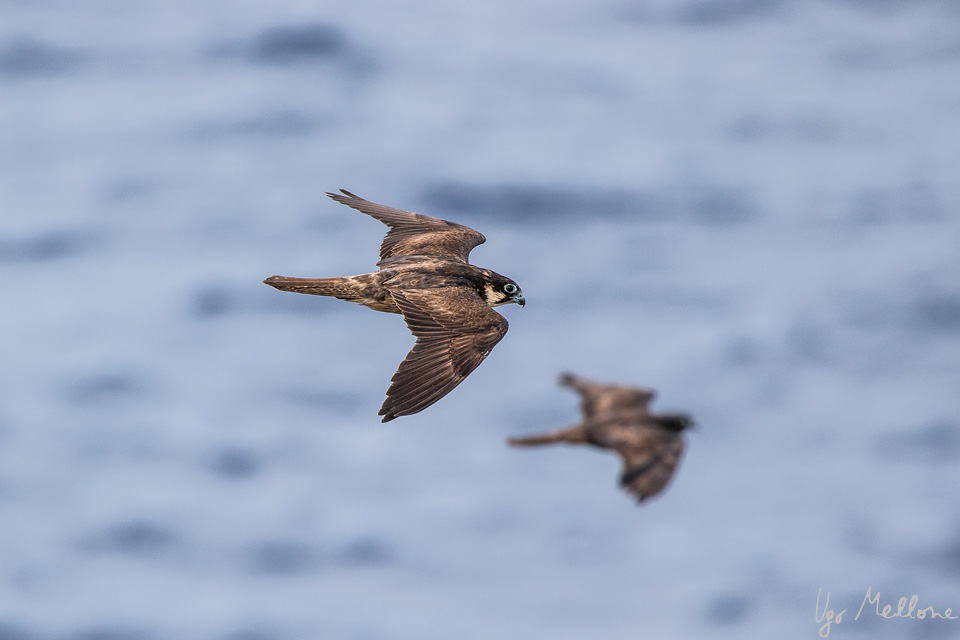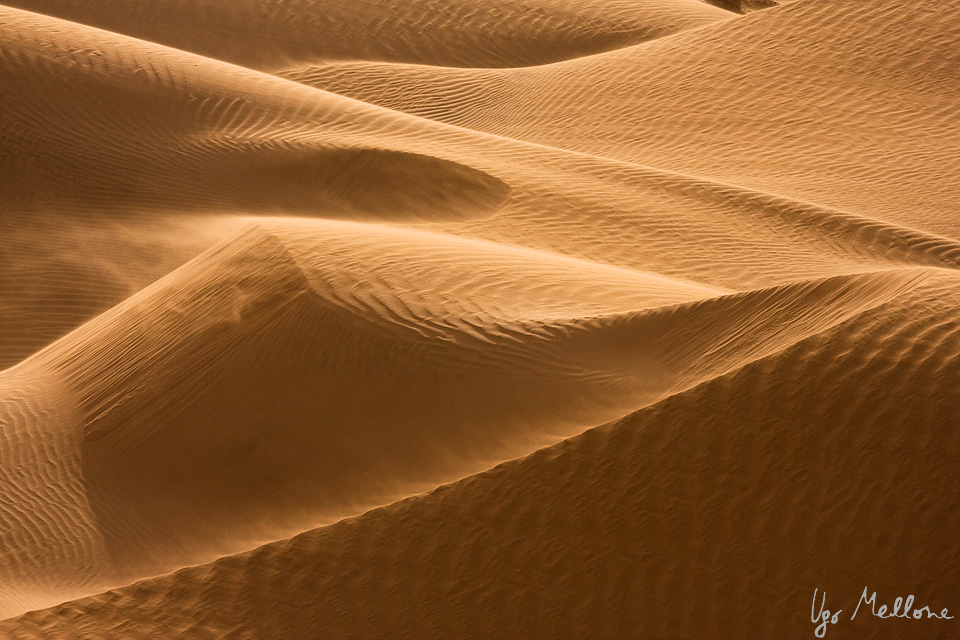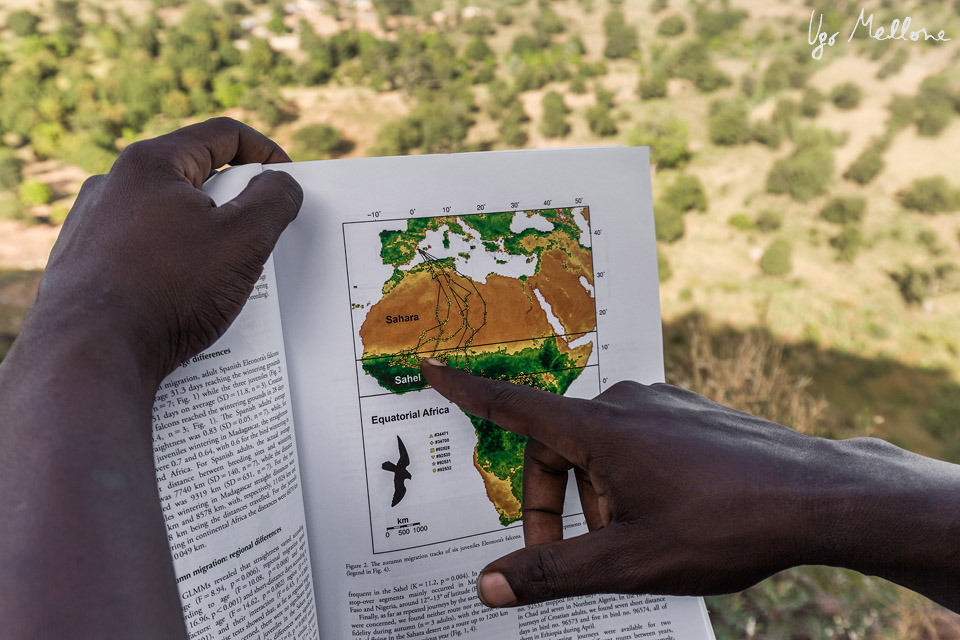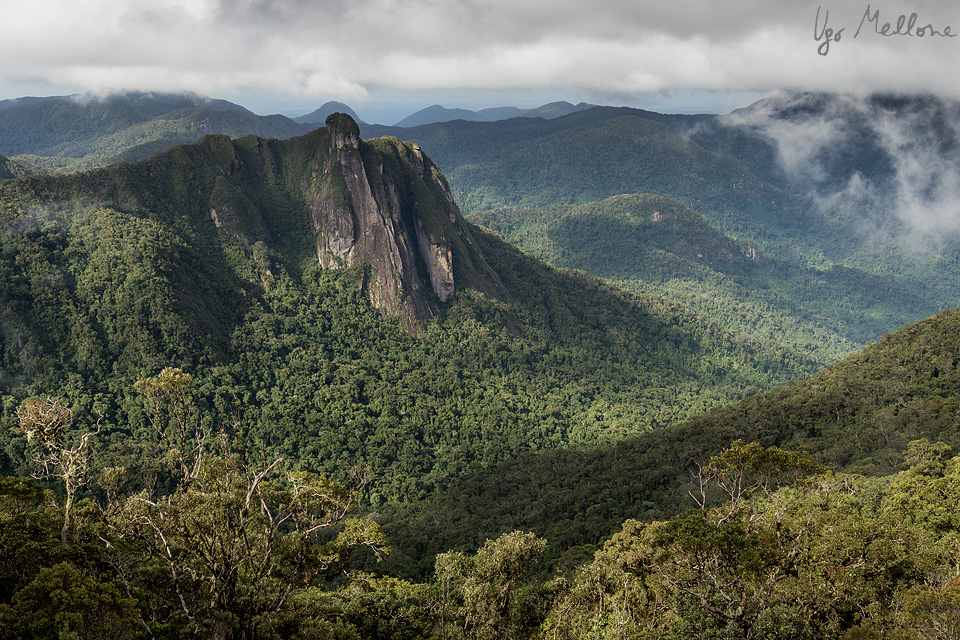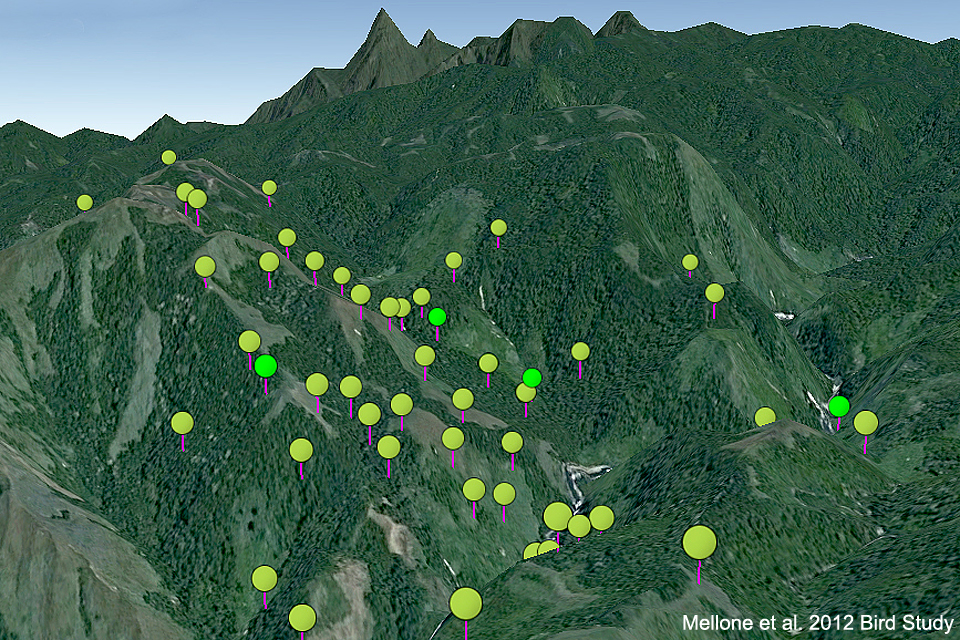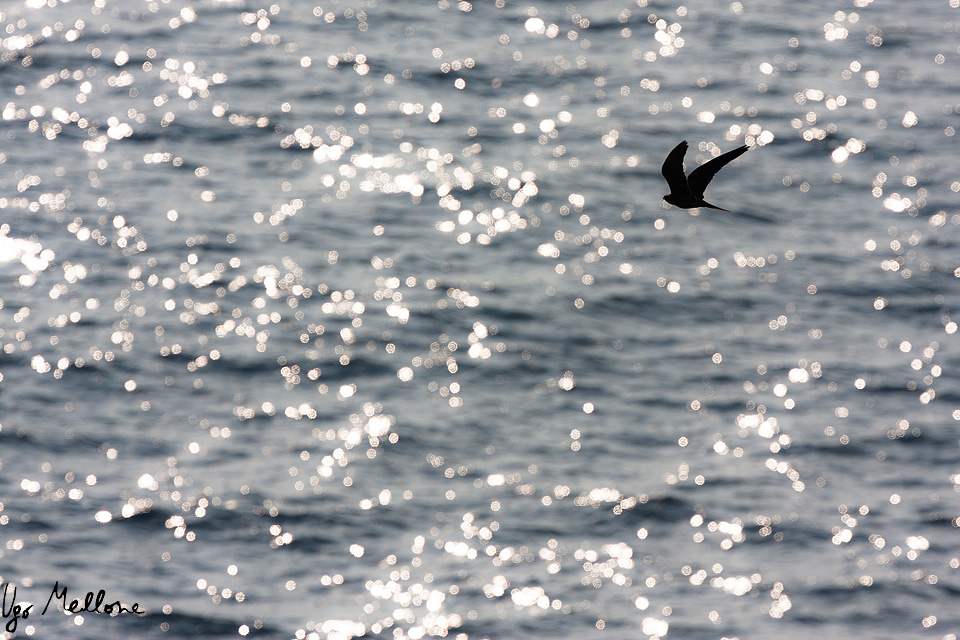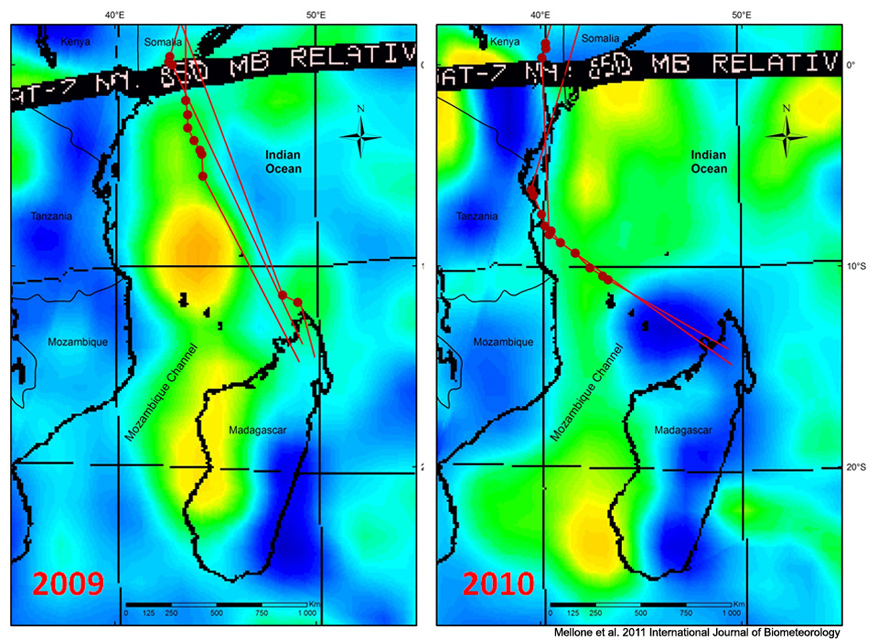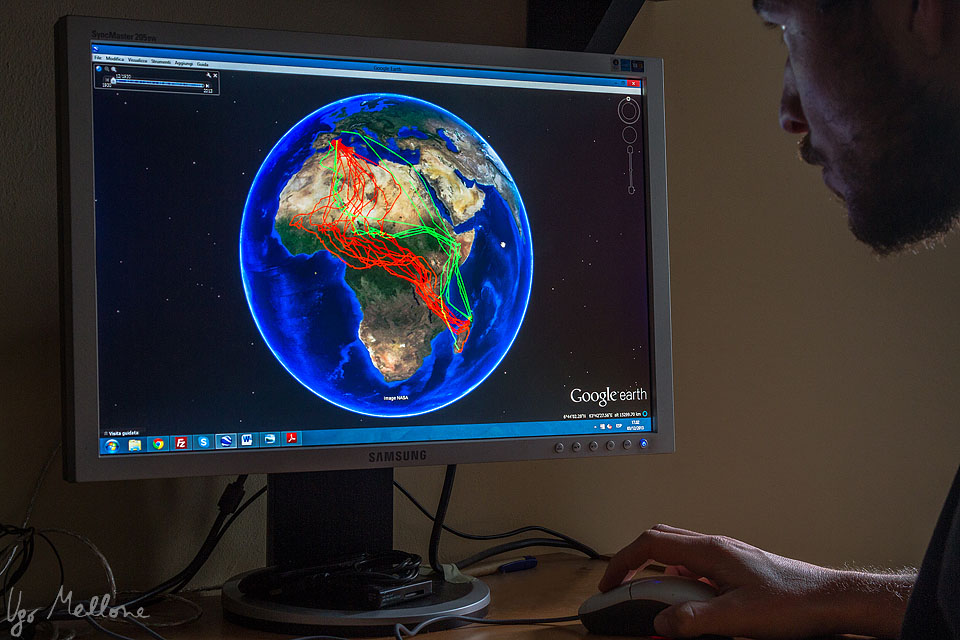Eleonorae: all across Africa
17/9/2009. Breeding habitat in Columbretes archipelago, Spain.
26/9/2007. Eleonora's falcons in Anthikythira, Greece.
20/9/2011. Essaouira archipelago, with the town on the background. This is one of the biggest colonies in the world, and among the few ones located on the Atlantic ocean.
24/9/2009. Adult Eleonora's falcon with prey, perching on volcanic rocks. Columbretes archipelago, Spain.
21/9/2011. Prey variety found close to an Eleonora's falcon nest.
26/9/2007. Eleonora's falcons drinking and bathing in Anthikythira, Greece (see also chapter 8 of my PhD thesis).
26/9/2007. Dark and pale morph Eleonora's falcons drinking and bathing in Anthikythira, Greece (see also chapter 8 of my PhD thesis).
26/9/2009. Myself with a juvenile Eleonora's falcon fitted with a satellite transmitter. Columbretes archipelago, Spain.
20/9/2011. Dark morph adult Eleonora's falcon fitted with a satellite transmitter. Essaouira archipelago, Morocco.
21/9/2009. Eleonora's falcon stooping at sunset. Columbretes archipelago, Spain.
26/9/2017. Immature falcon, Columbretes archipelago.
During the crossing of the Sahara desert, Eleonora's falcons fly consistently also during night (see chapter 1 of my PhD thesis).
During migration, Eleonora's falcons are affected by winds mainly during the crossing of the Sahara desert. See paper 4 of my thesis.
25/10/2017. In the Sahel, Eleonora's falcon replenish their energy stores after the Sahara crossing, during autumn migration.
9/4/2018. Marojejy National Park, Madagascar. During winter, falcons concentrate in more open areas arounf these patches of primary forest.
Winter locations of an Eleonora's falcon in Madagascar plotted in Google Earth. Eleonora's falcons use ecotonal areas: degraded humid forests close to pristine ones, probably taking advantage from a spill-over edge effect of their insect preys into open areas where hunting is feasible. See paper 6 of my PhD thesis.
In order to move between Africa and Madagascar, Eleonora's falcos have to cross 500-1500 km of opean sea, flying no-stop. See paper 2 of my Phd thesis.
Eleonora's falcons may change their spring migration route according to weather conditions, in order to avoid risky low pressure areas. During 2009, three individuals crossed the open ocean flying no-stop for more than 1500 km. See paper 2 of my PhD thesis.
3/5/2012. Pine forest, Sierra de Segura. During the pre-breeding period, Eleonora's falcons visit inland areas, mainly close to coniferous forest, in order to take advantage of insect concentrations. A satellite tracked falcon from Mallorca visited just the Sierra de Segura mountain range. See chapter VII of my thesis.
Visual inspection of migration tracks between Spain and Madagascar. Satellite telemetry technology make it possible to know the position of a bird anywhere in the world just from our computer.
The Eleonora’s falcon is a unique and fascinating raptor for several characteristics: it is colonial, breeding almost exclusively in Mediterranean islands, at the end of summer (in order to prey on migrating songbirds), and wintering almost only in Madagascar. My PhD has been focused on studying the movements of this species by means of satellite telemetry, that revealed how Eleonora’s falcons cross the whole African continent, flying also during night, sometimes without stopping for more than 1500 km, and taking advantage of winds, especially in the Sahara desert. It has been also possible to unravel which habitat they select during winter in Madagascar and their movements during summer, both in Spain and Morocco. Visit my Research page to download my thesis and other papers on this subject.
Il Falco della Regina è una specie unica e affascinante per varie ragioni: è coloniale, nidifica quasi esclusivamente in piccole isole del Mediterraneo, alla fine dell’estate (per potere predare i passeriformi in migrazione), e sverna quasi solo in Madagascar. Ho svolto il mio dottorato studiando i movimenti di questa specie, attraverso il metodo della telemetria satellitare, che ha rivelato come i Falchi della Regina attraversino l’intero continente africano, volando anche di notte, talvolta senza fermarsi per oltre 1500 km, e approfittando dei venti di coda, soprattutto nel Sahara. È stato anche possibile scoprire quali habitat selezionano durante l’inverno in Madagascar e i loro movimenti durante l’estate, sia in Spagna che n Marocco. Sulla mia pagina Research è possibile scaricare la mia tesi di dottorato completa e altri articoli sull’argomento.
El Halcón de Eleonora es una especie única y llamativa para distintas razones: es colonial, cría casi exclusivamente en islas del Mediterráneo, a finales del verano (para poder cazar paseriformes migradores), e invierna casi solo en Madagascar. Durante mi tesis de doctorado he estudiado, a través de la telemetría satelital, los movimientos de esta especie. Esta herramienta ha desvelado como los Halcones de Eleonora cruzan el entero continente africano, volando también de noche, a veces sin parar para más de 1500 km, y aprovechando de los vientos de cola, sobretodo en el desierto del Sahara. También ha sido posible identificar los principales hábitat utilizados durante el invierno en Madagascar, y los movimientos durante el verano, en España y Marruecos. En mi página Research es posible descargar mi tesis de doctorado y otros artículos sobre estos argumentos.



